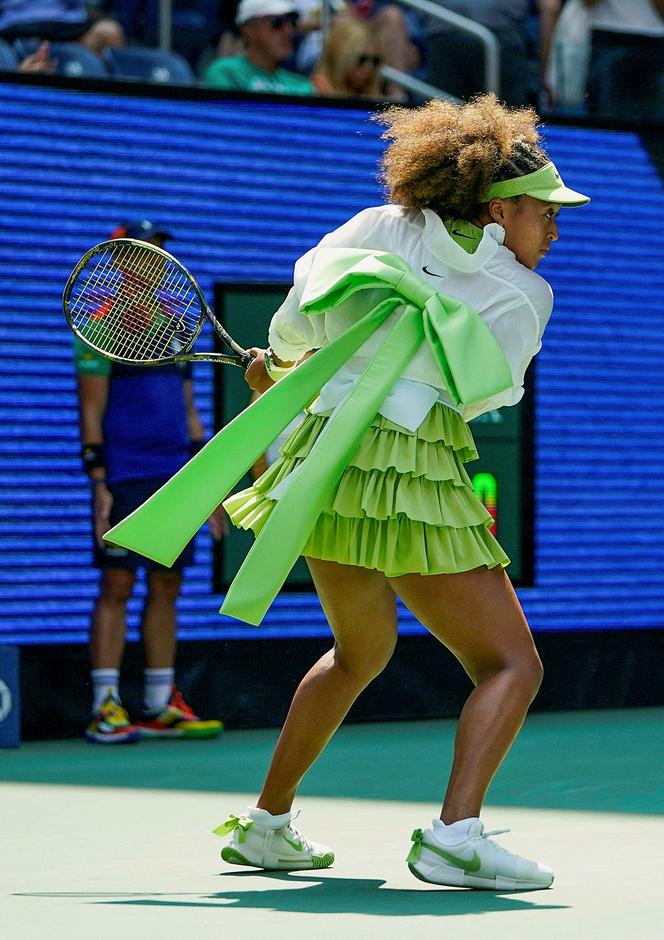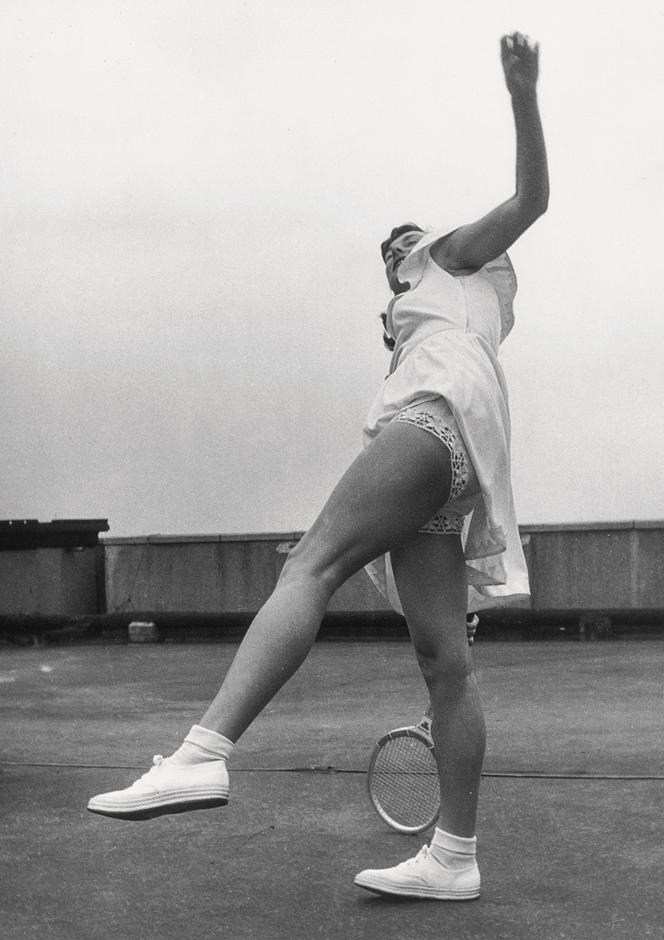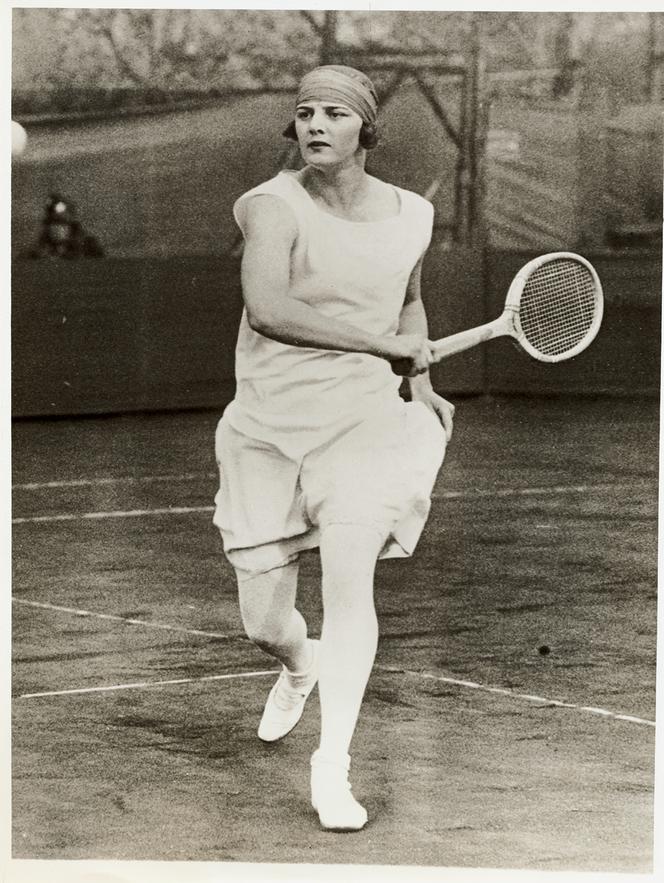


Ultimately eliminated from the US Open on August 29, Japan's Naomi Osaka caused a sensation two days earlier by playing in an ensemble created by designer Yoon Ahn. With a fluorescent tutu and bows big and small, the kawaii outfit was inspired by the stylish Lolitas of Tokyo's Harajuku district and by manga heroines. Speaking to the New York Times, the player explained that she wanted a "super-suit" capable of being "intimidating to [her] opponent." The world number one in 2019 before dropping down the WTA rankings, she spoke out extensively at that time on the taboo subject of depression among athletes. Now, following maternity leave, the champion intends to climb the 87 places that separate her from the top and said she believes in the "magical thing that fashion can do" to help her.

There was a thunderbolt at Roland Garros when Serena Williams played on the French Open clay court in an ultra-tight black jumpsuit divided by a dramatic red belt. Designed by her equipment supplier Nike, the garment was a reference to the blockbuster Black Panther, released a few months earlier. Above all, it prevented the blood clots to which the star had been prone since her recent baby. However, Bernard Giudicelli, then president of the French Tennis Federation, deemed the suit "disrespectful," while Guy Forget, director of the tournament, suggested that the American player wear "a skirt over it." Banned at subsequent tournaments, the outfit became a symbol of men's control of women's bodies on every playing field.

At Wimbledon in 1949, American Gertrude Moran, known as "Gorgeous Gussie," wore a shorter skirt than her colleagues. Above all, with every one of the champion's moves, it revealed a white lace undergarment. Designed by British former tennis player and fashion designer Ted Tinling, the outfit earned the player a sanction from the organizers, who accused her of inviting "vulgarity and sin" on the court. The press seized on the affair, making Moran the symbol of the progress of women's emancipation in spite of herself. The scandal didn't stop the provocative Tinling, the stylist of choice for many female players until the 1980s, who was able to get them on the cover of magazines even when their performance was poor.

Although short skirts were gaining ground in the 1930s, it wasn't until Eileen Bennett that women's sportswear began to serve performance rather than narrow convention. At the Frinton-on-Sea tournament, then at Wimbledon a year later, the Briton made her first appearance in romper shorts, above the knee, if you please. To the press, she declared: "[Shorts] allow for more freedom of movement and therefore should be universally adopted." Criticism from the public and a ban on her outfit in certain tournaments didn't matter to Bennett, who won six Grand Slam doubles tournaments during her career and put her signature on the game in the process.
You have 20.34% of this article left to read. The rest is for subscribers only.
